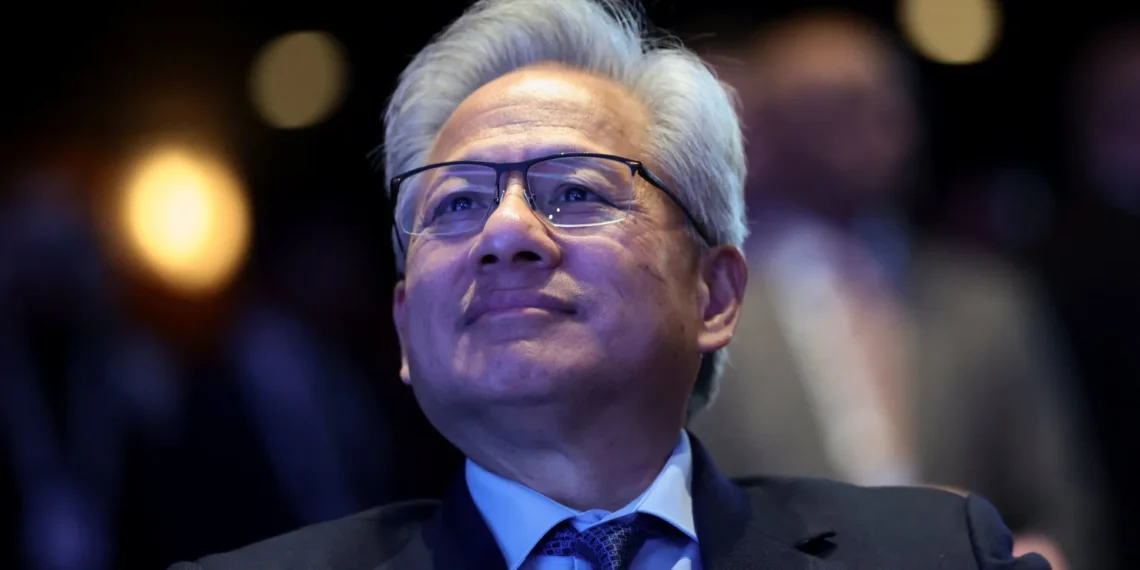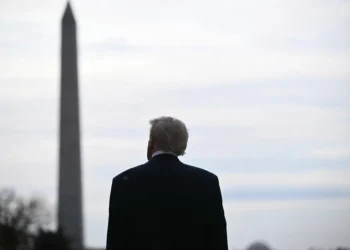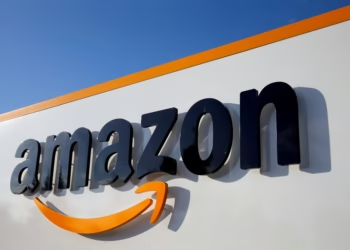NEW YORK (Realist English). Nvidia delivered another round of blockbuster earnings on Wednesday, easily beating Wall Street forecasts for its fiscal third quarter and issuing stronger-than-expected guidance for the current period. But it was CEO Jensen Huang’s dismissal of “AI bubble” fears that drew the most attention from investors.
“There’s been a lot of talk about an AI bubble,” Huang told analysts on the earnings call. “From our vantage point, we see something very different.”
While such confidence can sound like standard CEO messaging, Huang hinted that Nvidia’s visibility into the AI sector — from hard sales data to ongoing deals and customer plans for data-centre build-outs — suggests that underlying demand remains far deeper than critics assume.
Investors appeared to take his reassurance at face value. Nvidia shares jumped 5% in after-hours trading, following a 2.85% gain during the session that helped lift major U.S. indices.
What the numbers show
Nvidia’s quarterly figures far outpaced expectations:
- Net income: up 65% year on year to $31.91bn
- Revenue and earnings: both above analyst estimates
- Guidance: stronger sales outlook for the current quarter
The results added momentum to a broader tech-led rebound. The S&P 500 snapped a four-day losing streak, while Alphabet hit a fresh record high. In Europe, the Stoxx 600 was mostly flat after paring early declines.
Other key developments
- Federal Reserve split on December cuts: Minutes from the October meeting showed “many” officials believe no further rate reductions are needed this year, while “several” see a December cut as appropriate.
- Meta’s chief AI scientist resigns: Yann LeCun said on LinkedIn that he is leaving to start his own AI company focused on developing models distinct from the approach used at OpenAI.
- Market risk warning: One strategist told CNBC the odds of the S&P 500 falling at least 10% from recent highs have increased after the index slipped below key technical levels.
And finally… Saudi-U.S. deals face scrutiny
President Donald Trump welcomed Saudi Crown Prince Mohammed bin Salman to the White House this week, promoting a $1 trillion Saudi investment pledge and the potential sale of F-35 jets to Riyadh.
But analysts warn the headline numbers may not reflect reality. A $1 trillion investment is roughly equal to Saudi Arabia’s entire 2023 GDP, and economists say it remains unclear whether such commitments can materialise at that scale — or on the timeline suggested.

















